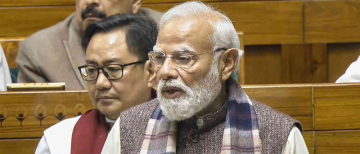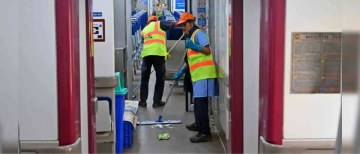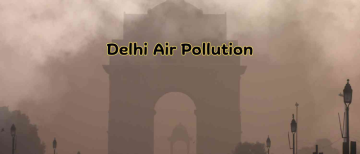The Delhi government recently conducted cloud seeding trials costing over ₹1.2 crore, aiming to induce artificial rain and reduce the capital’s severe air pollution. Despite two attempts involving the release of silver iodide and sodium chloride compounds from a small aircraft over northwest Delhi and adjoining areas, measurable rainfall was not recorded. The exercise was conducted in partnership with IIT Kanpur, with high hopes to lessen smog and improve air quality but was met with mixed results and political criticism.
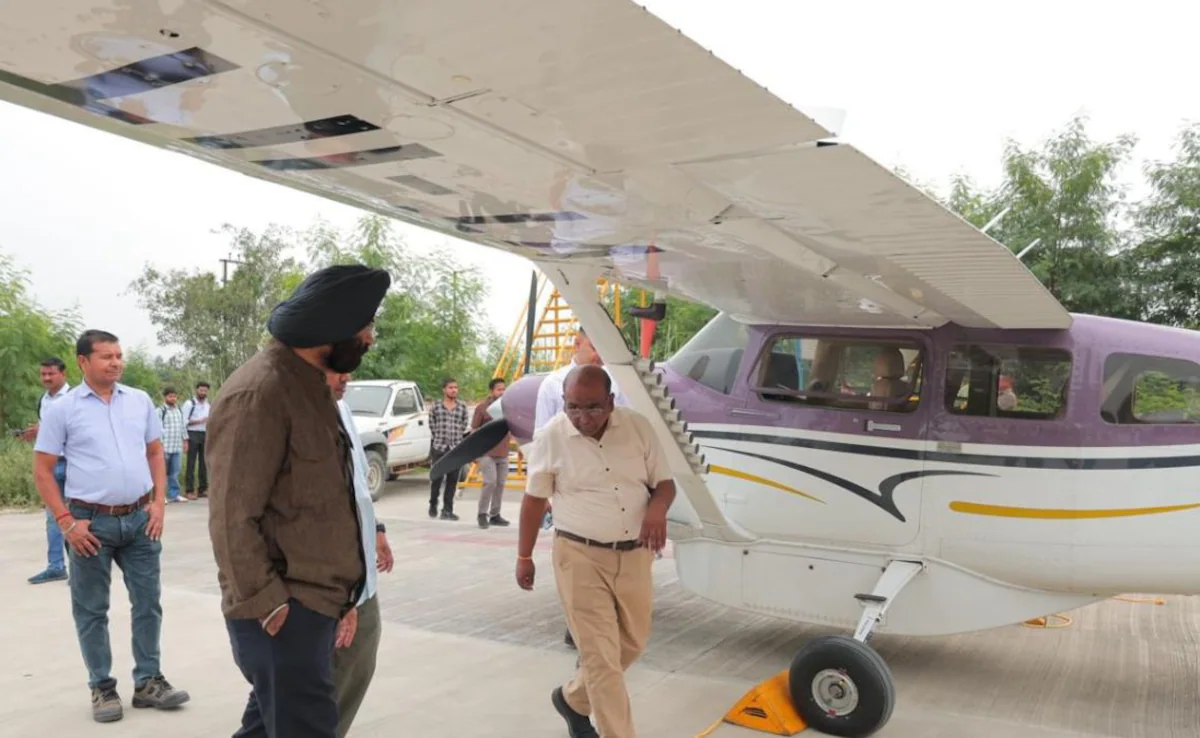
Cloud seeding is a weather modification method that involves dispersing chemicals into clouds to encourage rain formation. Delhi had allocated ₹3.21 crore for five such trials, costing nearly ₹64 lakh per trial, as a part of its winter pollution mitigation strategy. On the day of the trial, humidity levels were reportedly very low—between 15% and 20%—far below the generally required 50% moisture needed for cloud seeding to be effective. This low atmospheric moisture was a key factor in the failure to trigger rain, according to experts and official data.
Delhi’s Environment Minister described the attempt as “successful” in terms of data collection and systematic execution, even though actual rainfall did not materialize. IIT Kanpur added that artificial rain is not a standalone solution, emphasizing the need to address the ongoing sources of pollution in Delhi-NCR for long-term benefits. They also mentioned plans for further trials when weather conditions improve.
Meanwhile, the opposition Aam Aadmi Party (AAP) reacted sharply to the episode. AAP leaders mocked the government’s effort, dubbing it a “publicity stunt” and sarcastically questioning whether “Lord Indra,” the ancient god of rain, would intervene to clarify if the rain was artificial or natural.
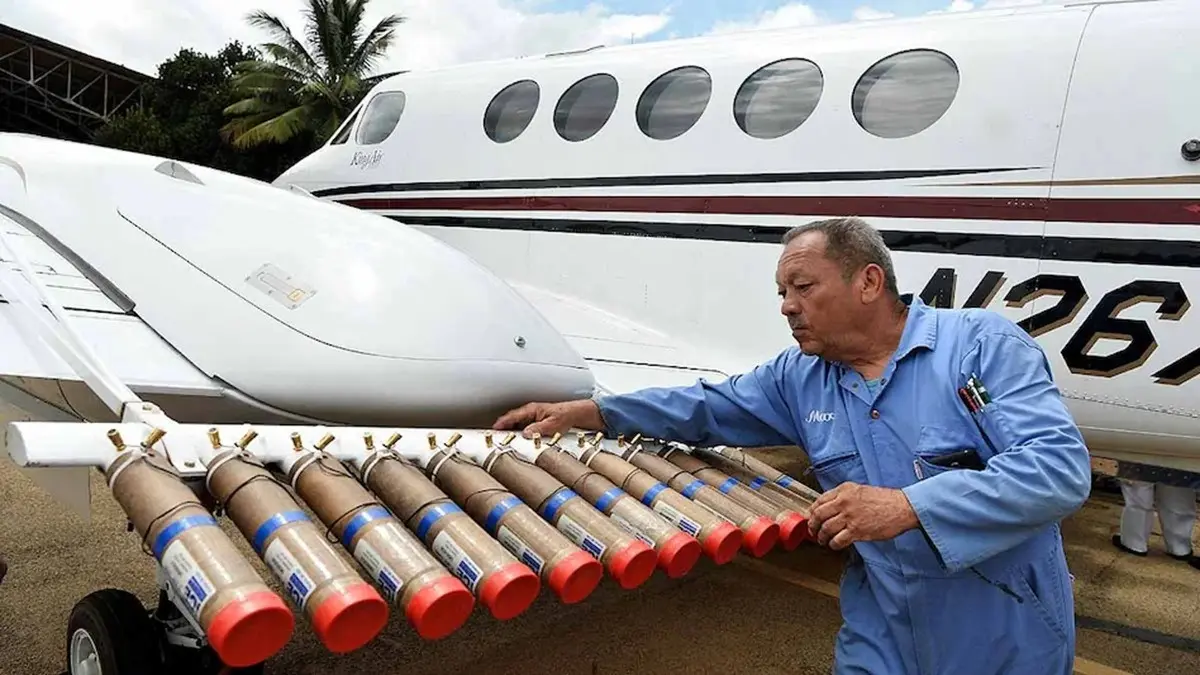
This jibe highlighted skepticism about the efficacy and timing of the expensive cloud seeding project, especially since the India Meteorological Department had already forecast rain on the day of the trial. The AAP alleged that government money was being wasted on theatrics rather than on more effective pollution control measures.
Public and expert opinions on cloud seeding remain divided. Some experts consider the trials costly and temporary measures that might only provide short-lived pollution relief, lasting hours to a couple of days at best. They stress that the root causes of pollution require urgent attention through sustainable policies rather than relying solely on weather modification techniques. International experiences with cloud seeding in countries like China and South Korea also show inconsistent results, reaffirming the limits of this approach.
In summary, Delhi’s ₹1.2 crore cloud seeding trial has highlighted both the promise and the challenge of using science to tackle urban pollution. While the effort marks a novel step in air quality management, the lack of rain from this initial attempt coupled with political backlash underscores the complexity of solving Delhi’s pollution crisis. Real change will likely require a combination of innovative scientific methods along with committed action against pollution sources across the city and its surrounding regions.

This cloud seeding initiative serves as a case study of hopes, limitations, and political dynamics in environmental governance. It invites observers to weigh technological optimism against practical realities and to watch closely how such experiments evolve in the future with ongoing trials planned under varying weather conditions.
With inputs from agencies
Image Source: Multiple agencies
© Copyright 2025. All Rights Reserved. Powered by Vygr Media.










